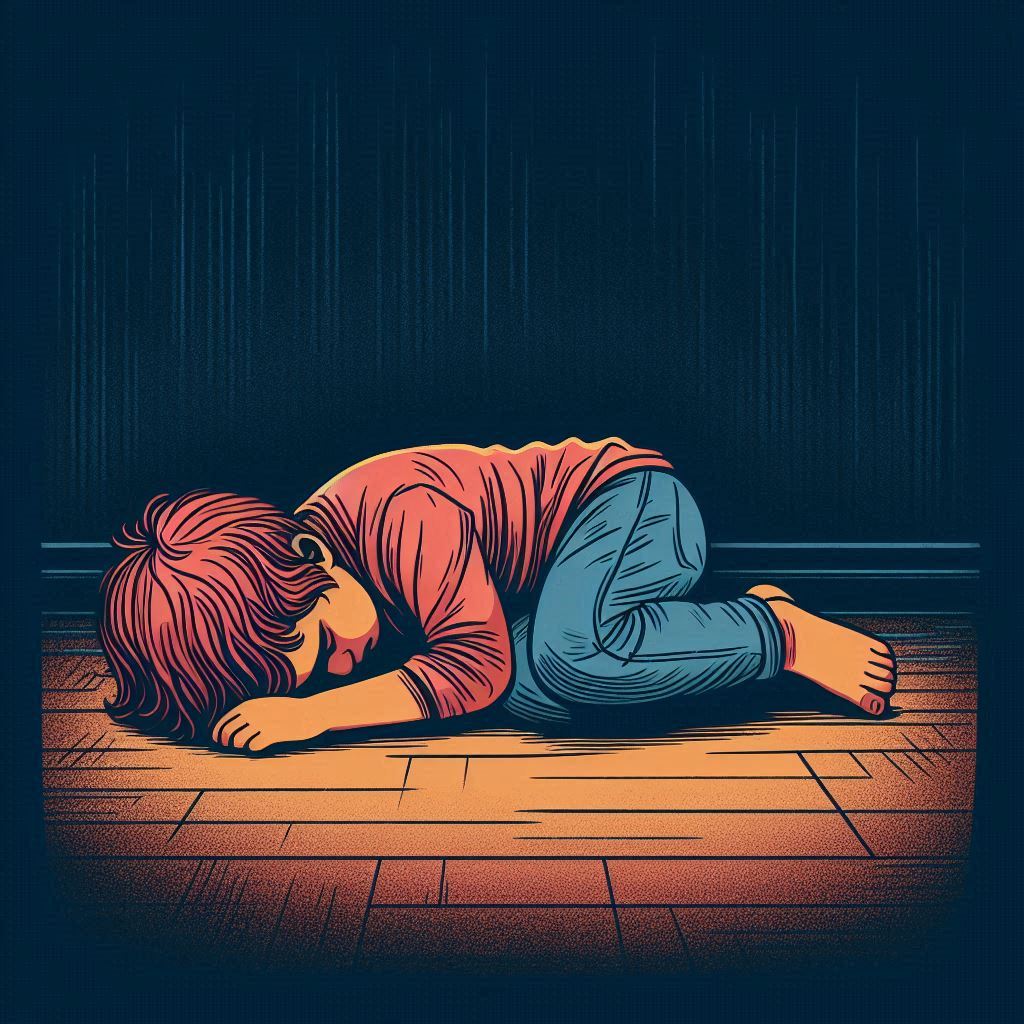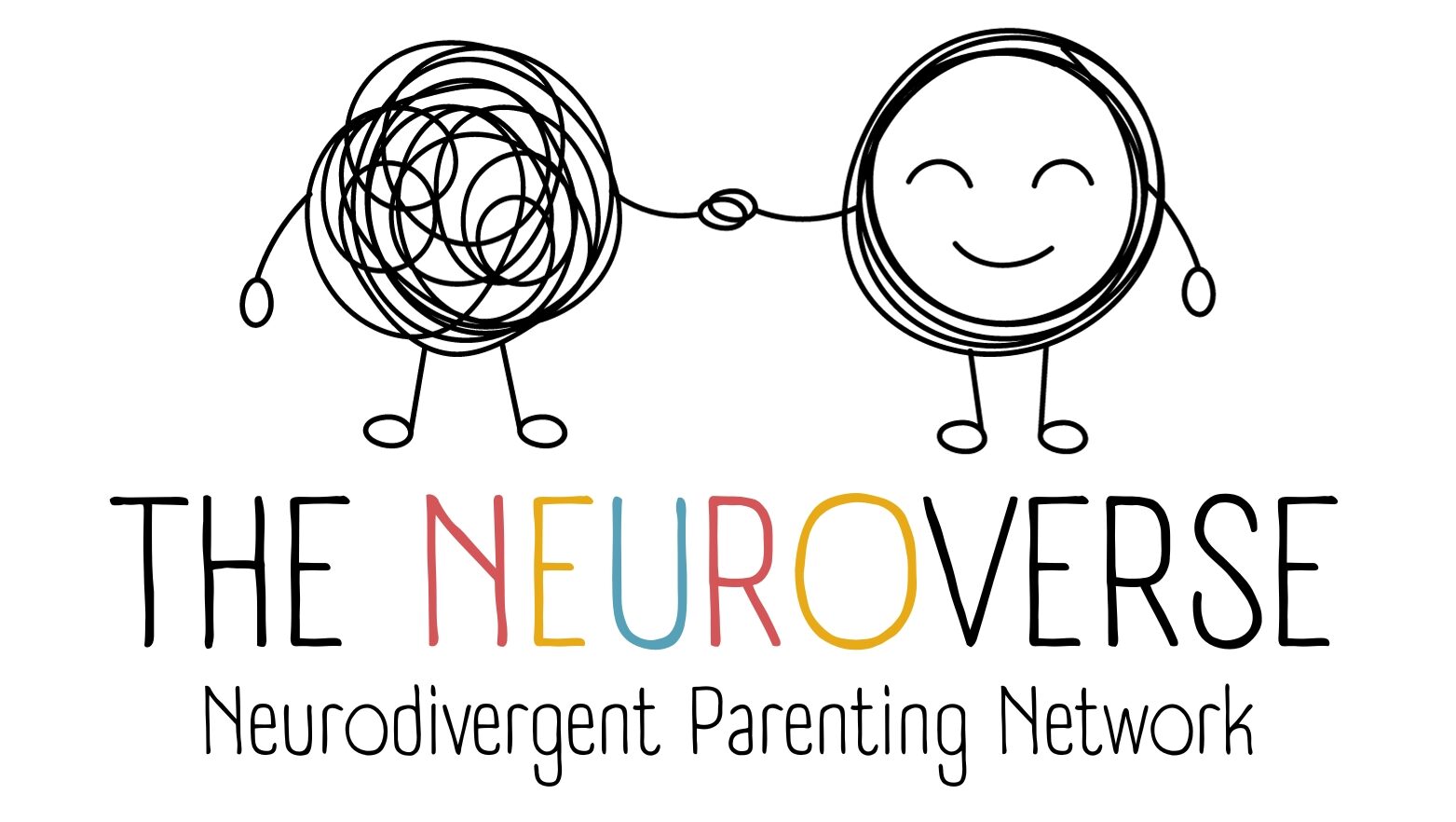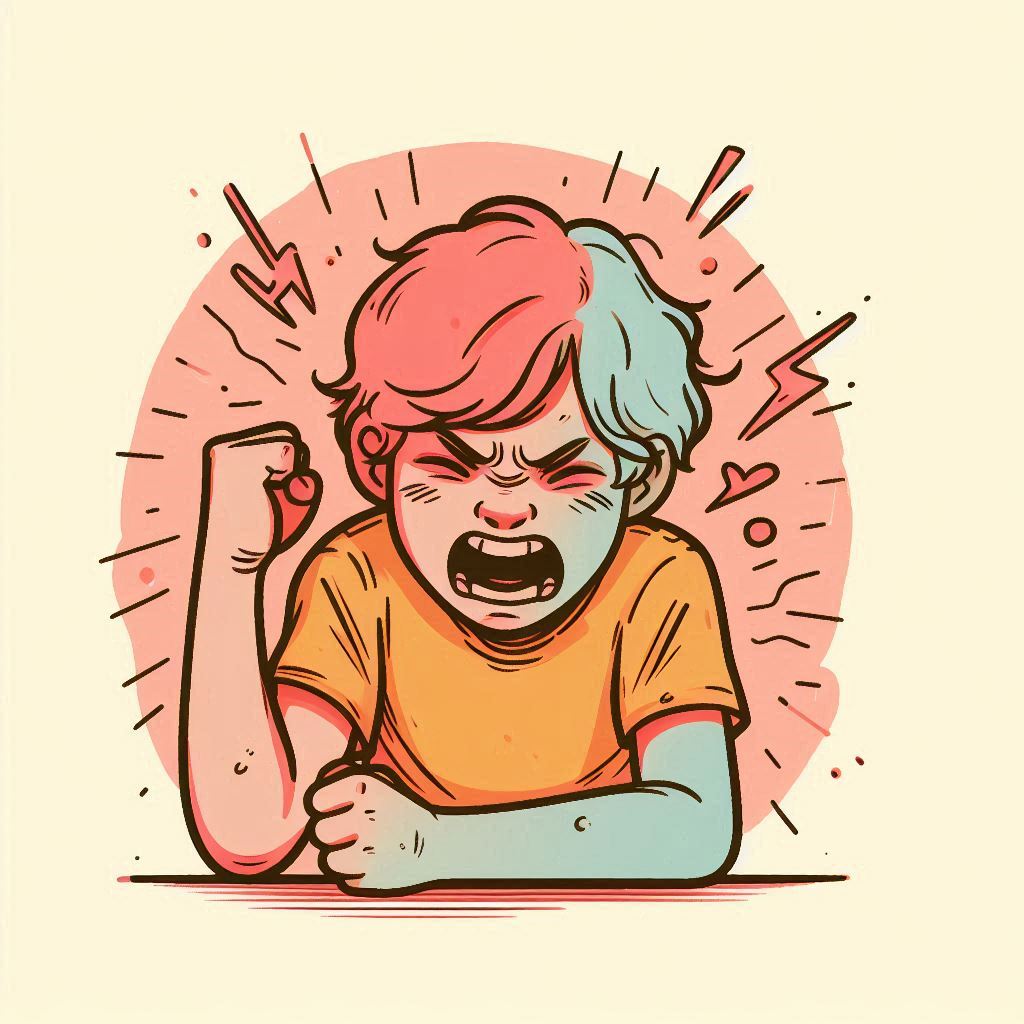Neurodivergent Burnout in Children

Neurodivergent Burnout in Children: Understanding the Causes, Signs, and Solutions
Neurodivergent Burnout is a state of mental, emotional, and physical exhaustion experienced by individuals who are neurodivergent. This includes children with conditions such as autism spectrum disorder (ASD), ADHD, sensory processing disorder (SPD), and other learning or developmental differences. While burnout is commonly associated with adults, neurodivergent children are also susceptible, particularly when faced with overwhelming environments, persistent social expectations, and sensory overload.
This article will explore what neurodivergent burnout is, how it manifests in children, the factors that contribute to it, and how parents can support their children in preventing and recovering from burnout.
What is Neurodivergent Burnout?
Neurodivergent burnout is a deep, often overwhelming sense of exhaustion that results from trying to navigate a world designed for neurotypical individuals. For children, this could mean trying to keep up with school expectations, managing sensory overload, masking their neurodivergent traits to fit in socially, or enduring changes in routine.
Neurodivergent burnout is more than just being tired; it can lead to a temporary loss of skills and significant changes in behaviour. Burnout in neurodivergent children can last for days, weeks, or even longer if not properly addressed. Recovery often requires adjustments to their environment and routines, as well as emotional and sensory support from parents and caregivers.
How Does Neurodivergent Burnout Present in Children?
The symptoms of neurodivergent burnout can be subtle or significant, depending on the child and the severity of their burnout. Here are some common signs:
- Fatigue: Children experiencing burnout may show signs of extreme tiredness and low energy. They may become reluctant to engage in activities they once enjoyed, preferring to rest more than usual.
- Skill Regression: One of the hallmark signs of burnout is a temporary loss of skills. This can range from a decrease in verbal communication to a reduction in self-care abilities, such as dressing or feeding themselves.
- Increased Irritability and Emotional Dysregulation: Children may experience heightened emotional responses, such as frequent meltdowns, irritability, or frustration. Burnout can exacerbate existing challenges in emotional regulation, making them more prone to outbursts.
- Sensory Sensitivities: Sensory overload is a common trigger for neurodivergent burnout. Children may become more sensitive to noise, light, textures, or smells, resulting in increased sensory defensiveness or avoidance.
- Social Withdrawal: During burnout, children may withdraw from social situations, avoiding interactions with friends, family, and teachers. This can also manifest as a reluctance to participate in group activities or outings.
- Avoidance of Demands: Children experiencing burnout may struggle to follow through with everyday tasks, from schoolwork to household chores. This is often due to an overwhelming sense of mental exhaustion and the inability to process complex demands.
What Causes Neurodivergent Burnout in Children?
Several factors can lead to burnout in neurodivergent children. These factors often accumulate over time, making it harder for children to cope without support:
- Sensory Overload: Children with sensory sensitivities, such as those with autism or SPD, are more prone to burnout when faced with overwhelming sensory environments. Bright lights, loud noises, or crowded spaces can overstimulate their senses, causing significant stress.
- Masking: Neurodivergent children may mask their traits to fit into neurotypical environments. For example, a child with ADHD might try to suppress their impulsive behaviour at school, or an autistic child might attempt to hide their stimming. This masking requires tremendous mental effort, leading to exhaustion.
- Academic and Social Pressure: School environments are often structured for neurotypical learners, creating challenges for neurodivergent children who must navigate these demands. The pressure to perform academically or engage socially can lead to chronic stress, increasing the risk of burnout.
- Changes in Routine: Many neurodivergent children rely on routine to feel safe and secure. Disruptions to their schedule, such as changes in their daily routine, a new teacher, or moving to a new home, can cause anxiety and contribute to burnout.
- Emotional Stress: Neurodivergent children are often more emotionally sensitive than their peers. This makes them more vulnerable to emotional burnout, especially if they lack coping strategies to manage stress, frustration, or anxiety.
How Can Parents Help Their Child Cope with Neurodivergent Burnout?
Understanding the causes and signs of burnout is the first step in supporting a neurodivergent child. Here are some effective strategies to help children recover and prevent future burnout:
- Reduce Demands and Offer Downtime: Give your child a break from overwhelming tasks and allow for plenty of downtime. This could mean reducing homework expectations, allowing for extra rest, or postponing social activities until they feel ready.
- Create a Sensory-Friendly Environment: Design a calming environment at home where your child can retreat during overwhelming moments. This might include using noise-cancelling headphones, soft lighting, or offering sensory tools like fidget toys or weighted blankets.
- Maintain Routine: While flexibility is necessary during recovery, try to maintain predictable elements of your child’s routine. Structure provides a sense of security and reduces anxiety, helping your child feel more in control.
- Encourage Self-Regulation Strategies: Teach your child calming techniques they can use during stressful moments. These might include deep-breathing exercises, mindfulness activities, or using a sensory toolkit. Practicing these skills when your child is calm will help them implement these strategies in the future.
- Allow Time for Recovery: Recovery from burnout takes time. Don’t rush your child back into their normal routine. Let them rest, recuperate, and take small steps toward re-engagement when they are ready.
- Communicate with Teachers and Caregivers: Work with your child’s teachers or caregivers to ensure they understand the signs of burnout and know how to support your child. Accommodations such as extra time for tasks, sensory breaks, or working in quieter spaces can make a significant difference.
- Seek Professional Support: If burnout becomes frequent or prolonged, it might be helpful to seek the guidance of a therapist or autism specialist. They can provide personalized strategies for managing burnout and preventing it in the future.
Conclusion
Neurodivergent burnout is a serious issue that requires attention and support from caregivers. By recognizing the signs and understanding the factors that lead to burnout, parents can help their children recover more quickly and prevent future episodes. Whether through creating a sensory-friendly environment, reducing demands, or offering emotional support, small changes can significantly improve the well-being of a neurodivergent child.
References
Autism Treatment Center of America. (2016). Understanding autistic burnout. Retrieved from https://blog.autismtreatmentcenter.org
The Mighty. (2020). What You Need to Know About Autistic Burnout. Retrieved from https://themighty.com
The OT Toolbox. (2023). Sensory meltdown or tantrum: Which one is it? Retrieved from https://www.theottoolbox.com
Psychology Today. (2023). Autistic burnout: Causes and recovery. Retrieved from https://www.psychologytoday.com
LuxAI. (2022). Tantrum vs autistic meltdown: What is the difference? Retrieved from https://www.luxai.com



Leave a Reply